Introduction
Domain names have become valuable business assets and marketing tools. Consequently, many businesses find themselves in a position where they have obtained and/or wish to transfer domain names from a third party through a commercial transaction or as part of a dispute resolution process.
The process for transferring a domain name from one registrant to another may differ slightly depending on the internet authority involved; however, the majority of domain names belonging to Canadian registrants are registered with top level domains (e.g., .com, .org, .biz) governed by the Internet Corporation for Assigned Names and Numbers ("ICANN"), or with the .ca top level domain, governed by the Canadian Internet Regis-tration Authority ("CIRA"). This practice note will deal with transfers governed by either ICANN or CIRA.
Domain names are registered with the registry (ICANN or CIRA) through registrars. There are many registrars who typically are contracted with ICANN or CIRA to provide services to registrants of domain names. Among the minimum standards of service that registrars must provide to registrants is the ability to transfer domain names, both from one registrar to another and from one registrant to another.
The Transfer Process
When transferring a domain name, the first step is to determine the current registrar for the domain name. The central depository for this information is the WHOIS database. It may be found in numerous places on the internet, including all registrar sites and at https://www.whois.net/.
Once the registrar has been determined, the procedures of that registrar will apply. The transfer of domains has become much easier in the last few years; however, it is essential that the party who is seeking the transfer has the agreement of the party who is transferring the domain, and that that party is willing and able to complete the transfer. In order to complete the transfer, the parties must be able to access the administrative profile for the domain and obtain a transfer authorization code. This can be done by the party transferring the domain, or the transferring party may wish to provide their account password to the party purchasing the domain and allow them to execute the transfer.
As part of the process, the registrant of the domain being transferred will receive an email asking them to confirm the transfer; thus, it is important that the administrative contact information which the registrar has on file is accurate and correct. If the transfer is not confirmed within a specified period of time, it will not be completed, and will need to be reinitiated.
Other Considerations
It can often be less complicated to transfer domains to different parties while retaining the same registrar. If both parties use the same registrar and have existing accounts, the transferring party, in many cases, can simply change the information on the domain name registration to reflect the new registrant.
Although having a written agreement for the transfer in place between the parties is not required by either ICANN or CIRA, it can be a helpful tool to enforce the obligations of the transferring party to complete the transfer and also to transfer the legal rights to the domain and associated goodwill.
< Back to Home
|



